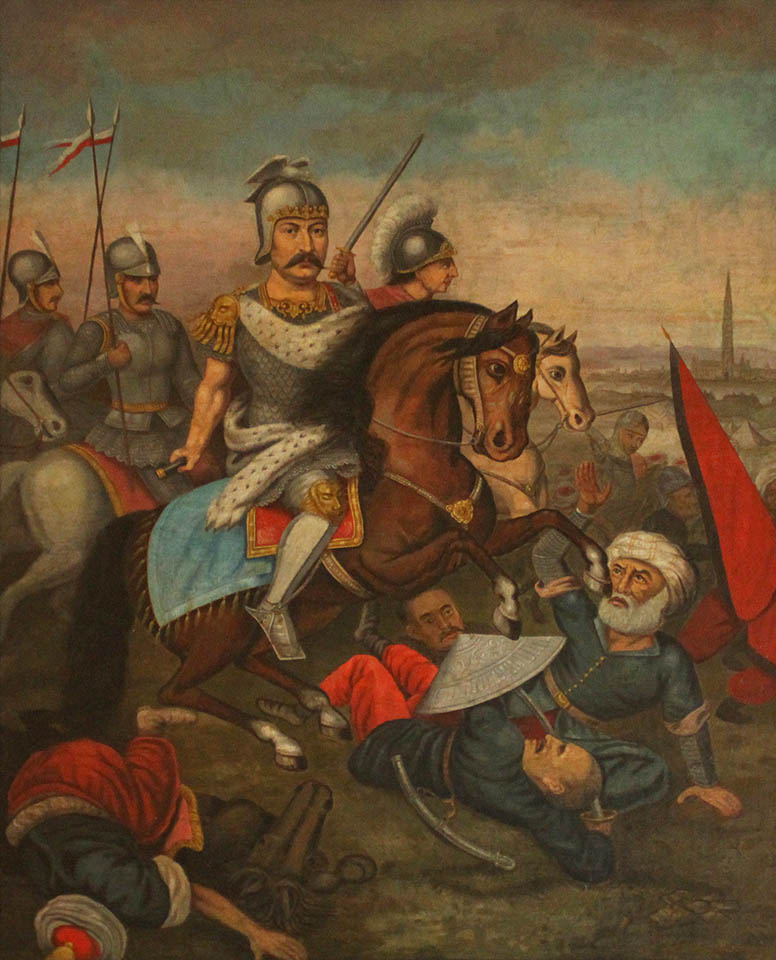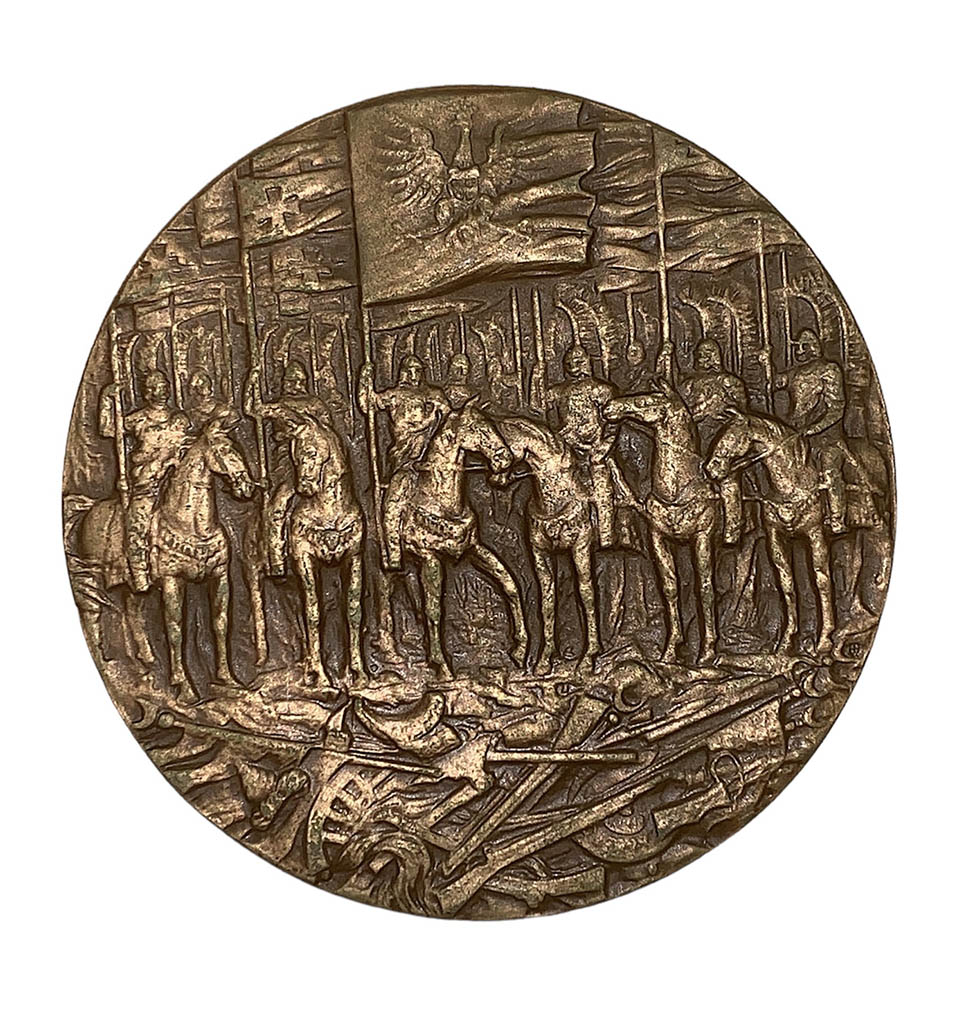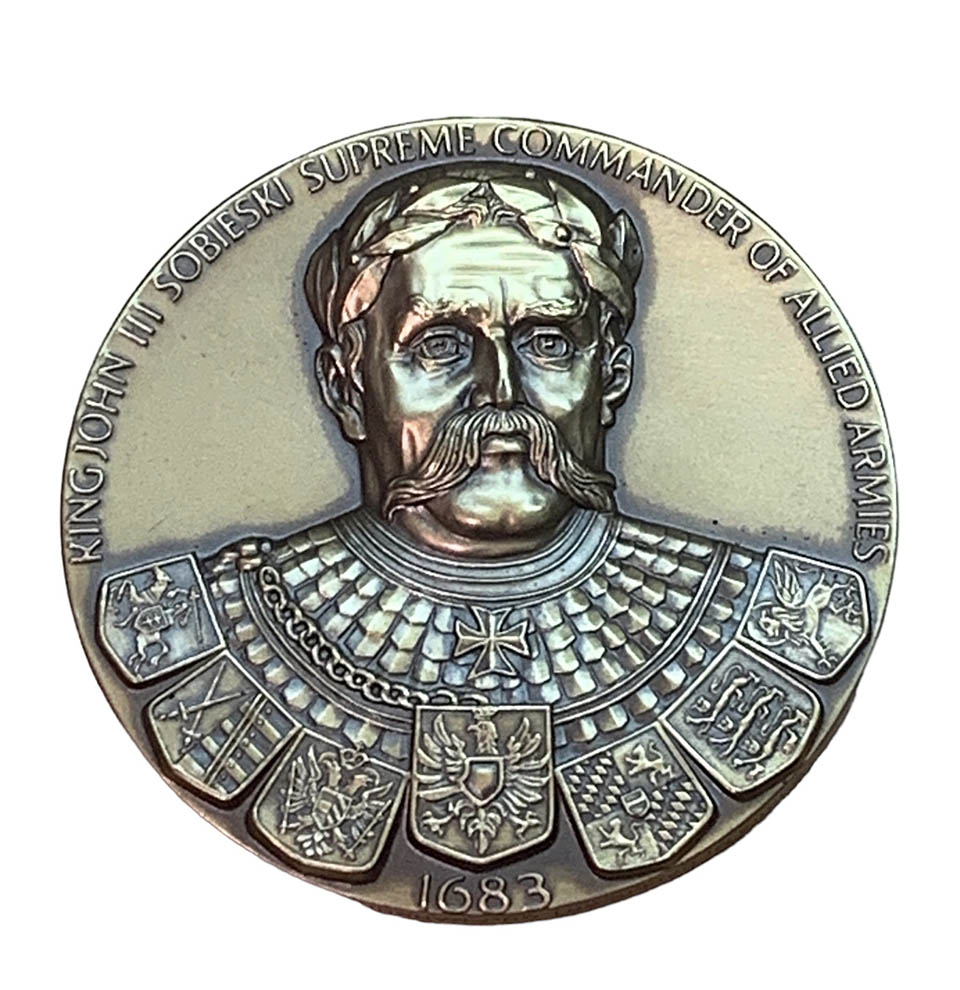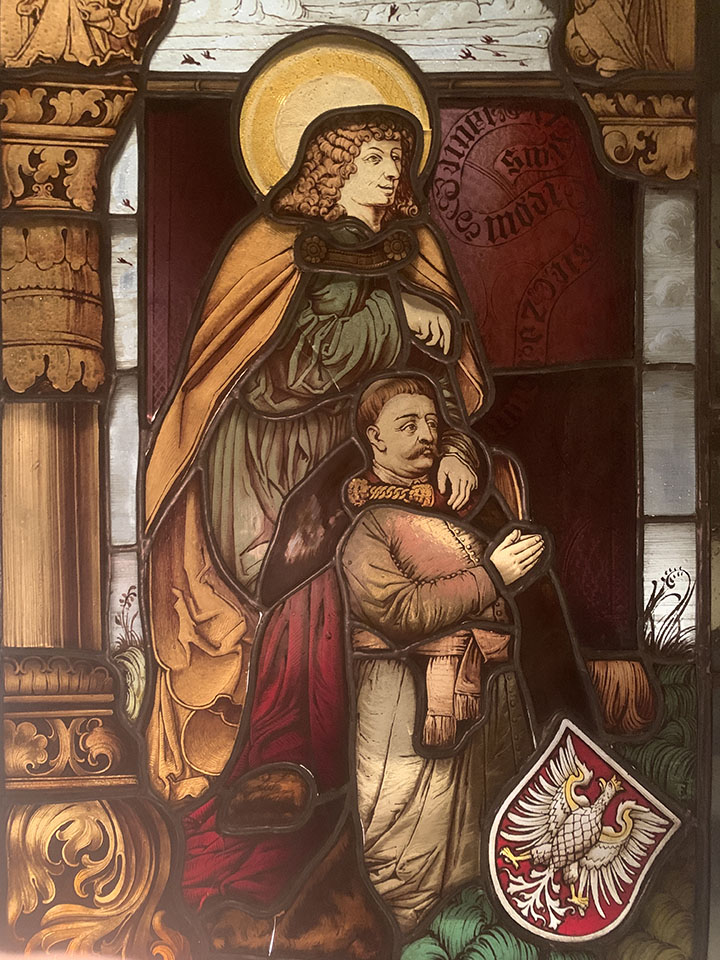Discover the Heroic Legacy of King Jan III Sobieski and the Legendary Winged Hussars in the Battle of Vienna | A Tale of Valor, Unity, and Europe's Indomitable Spirit.
On September 12, 1683, history bore witness to a moment of extraordinary valor and unity in the Battle of Vienna. This crucial clash saw Christian forces, led by King Jan III Sobieski of Poland, joining together to defend Europe against the Ottoman Empire's advance.
Vienna, the heart of the Holy Roman Empire, was under dire siege by the Ottoman Empire. Grand Vizier Kara Mustafa's forces threatened to engulf the city, but King Sobieski's leadership and determination would not be swayed.
In a dramatic turn of events, King Sobieski led a cavalry charge that broke the Ottoman lines and turned the tide of the battle. His bravery and leadership are etched in history as a symbol of the indomitable spirit of Europe in the face of adversity. Today, we remember King Sobieski and the brave soldiers who stood united to defend Europe, ensuring that their legacy lives on.
No commemoration of the Battle of Vienna would be complete without paying homage to the legendary Winged Hussars. These Polish cavalrymen were the epitome of bravery and chivalry on the battlefield. What set them apart, quite literally, were their iconic wings, which adorned their backs and lent them an aura of both elegance and fearlessness.
The Winged Hussars, clad in armor and wielding lances, sabers, and pistols, were a symbol of Polish military prowess. These elite warriors were known for their unrivaled horsemanship and unwavering devotion to their cause.
12 września 1683 roku historia była świadkiem niezwykłego męstwa i jedności w bitwie pod Wiedniem. W tym decydującym starciu siły chrześcijańskie pod wodzą polskiego króla Jana III Sobieskiego połączyły się, aby bronić Europę przed natarciem Imperium Osmańskiego.
W tym czasie Wiedeń, serce Świętego Cesarstwa Rzymskiego, był ostro oblężony przez Imperium Osmańskie. Siły wielkiego wezyra Kary Mustafy groziły pochłonięciem miasta, ale przywództwo i determinacja króla Sobieskiego nie uległy zachwianiu.
W dramatycznym splocie wydarzeń król Sobieski poprowadził szarżę kawalerii, która przełamała linie osmańskie i odwróciła losy bitwy. Jego odwaga i przywództwo zapisały się w historii jako symbol niezłomnego ducha Europy w obliczu przeciwności losu. Dziś wspominamy króla Sobieskiego i odważnych żołnierzy, którzy zjednoczyli się, by bronić Europy, dbając o to, aby ich dziedzictwo przetrwało.
Upamiętnienie bitwy pod Wiedniem nie byłoby kompletne bez złożenia hołdu legendarnym Skrzydlatym Huzarom. Ci polscy kawalerzyści byli uosobieniem męstwa i rycerskości na polu bitwy. To, co ich wyróżniało, dosłownie, to kultowe skrzydła, które zdobiły ich plecy i nadawały im aurę zarówno elegancji, jak i nieustraszoności.
Skrzydlata Husaria była czymś więcej niż tylko uderzającym widokiem; stanowiła potężną siłę samą w sobie. Odziana w zbroje, dzierżąca włócznie, szable i pistolety, była symbolem polskiej waleczności wojskowej. Ci elitarni wojownicy byli znani ze swojej niezrównanej umiejętności jazdy konnej i niezachwianego oddania swojej sprawie.





Comment(1)
Brendan says:
July 27, 2024 at 7:52 pmI have a ring in my possession that is believed to have belonged to John III Sobieski. Does anyone know of any history of this? It is Gold with a diamond in the centre.